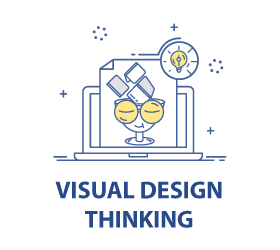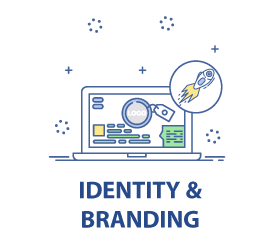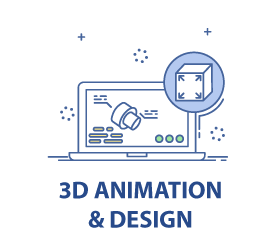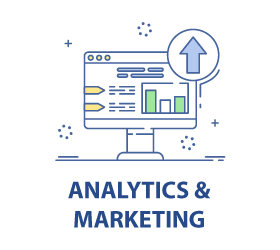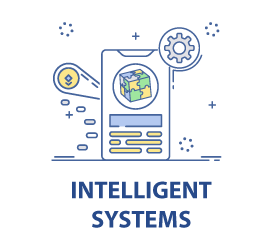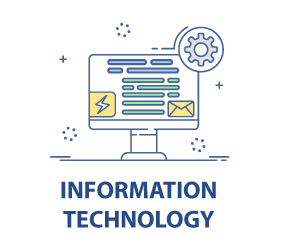Design isn’t just what we do — it’s how we listen. We start with symbolic clarity and human insight, and add machine learning to explore, test, and refine. Together, we build identities that are elegant, intelligent, and unforgettable.
We see design as an ongoing conversation — not just between creator and client, but between brand and audience, meaning and medium. Our process honors what already exists while creating space for what wants to emerge. By pairing thoughtful visual language with iterative, AI-enhanced tools, we help brands evolve in ways that are not only aesthetically refined, but also strategically grounded and culturally relevant.
Our Visual Design Thinking method helps you:
- Visualize complexity with clarity
- Build flexible systems that grow with your vision
- Express who you are today and where you’re going tomorrow
Whether we’re working with sacred imagery, health-focused initiatives, or purpose-driven organizations, our goal is always to help you express your values in a way that’s unmistakable and enduring. We design visuals that speak with clarity and conviction, even when words fall short — shaping an identity that connects deeply and stands the test of time.
Our approach is rooted in attentive listening, careful symbolism, and iterative design. We work with you to uncover the heart of your message and translate it into visual forms that are not only beautiful, but also strategic and scalable. These aren’t just graphics — they’re meaning systems built to grow with your brand and speak powerfully to those you serve.


